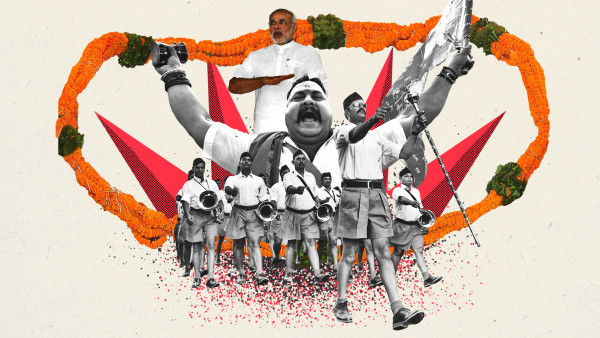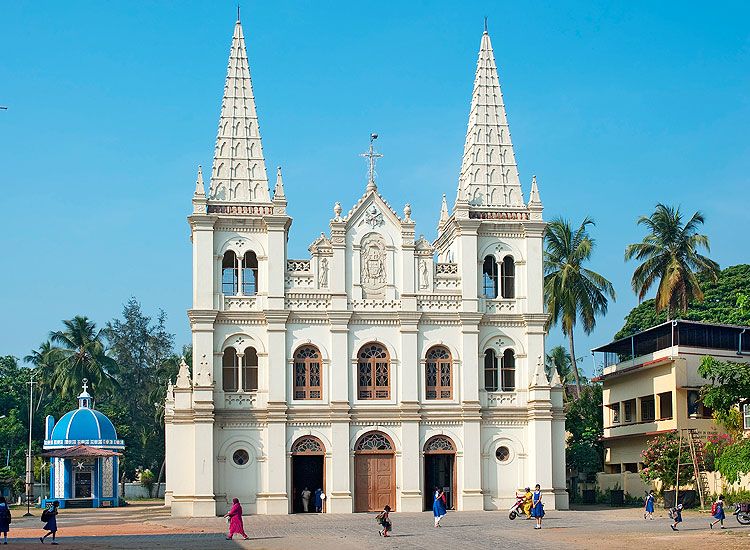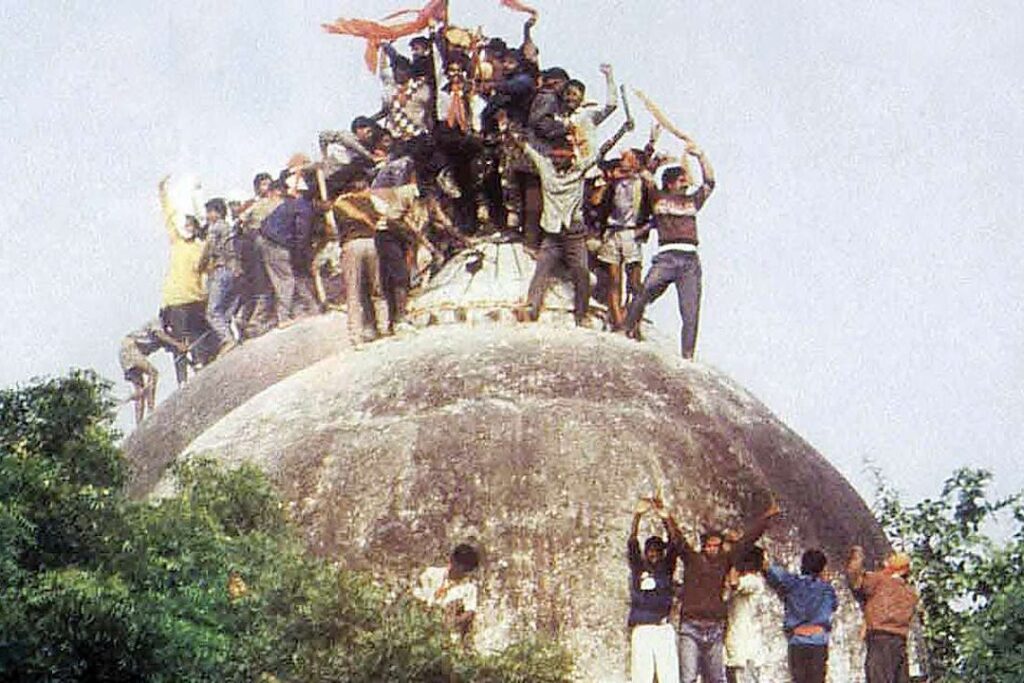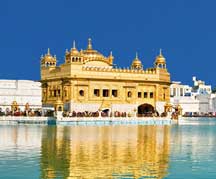Is India’s Multi-Religious Existence in Danger?

Once India hailed as an example of religious harmony, now stands hazardously at a crossroads. The foundation of its multi-religious identity treasured in its constitution and celebrated through spans is under siege. Once a proud hallmark of Indian democracy is increasingly being battered by contentious forces, inspired by political lethargy and, in some cases, active connivance. This erosion is not just alarming but also raises serious questions about the future of India as a secular, democratic republic.
India always flaunted its claim to secularism as its strength, but today, that very principle is being tunneled out. Far from being a neutral mediator, the state is often accused of leaning in favor of the majority religion. This exodus from the ideal of secular governance has not only inspired majoritarian forces but has also left minorities helpless to regular disregarding.

The Constitution’s promise of equality before the law has become a mockery, as communal favoritisms intrude law enforcement, the judiciary, and public administration. When mobs act with latitude, and hate speeches go unpunished, the state’s silence or selective action speaks volumes. Is secularism now merely a fascia to pacify international critics while enabling majoritarian dominance at home?
This crisis lies a pessimistic brand of politics that thrives on division. Democratic strategies increasingly revolve around exploiting religious sentiments, pitting communities against one another to combine vote banks. This weaponization has led to a toxic environment where trust between communities is rapidly eroding.
The rise of contentious fustian, has normalized intolerance in public dissertation. It often spread by individuals in positions of power. When political leaders openly question the loyalty of religious minorities or imply that their rights are conditional, it signals a dangerous shift from inclusive nationalism to exclusionary majoritarianism.

The rise in communal violence across the country is a stark reminder of the brittleness of India’s social face. The state is fail to act decisively or worse, it’s supposed involvement has only worsened the situation. Selective justice and uneven application of laws fuel the perception of official unfairness. When victims of mob violence are arrested while the culprits roam free, it sends an alarming message: the system is no longer a neutral patron of justice but a tool for oppression.
The media commonly described as the fourth pillar of democracy. It has largely failed in its duty to hold power accountable. Instead of it, many outlets have become complicit in spreading hate and misinformation, intensifying contentious narratives rather than challenging them. The scandalous coverage of interfaith issues and the framing of religious minorities as threats to national integrity only serve to deepen the public divide.
Civil society also finds itself under siege. Many activists and organizations advocating for religious harmony are frequently vilified, harassed, or accused of being “anti-national.” This crackdown on discord is a clear attempt to silence those who has courage to challenge the dominant narrative. It further lessening the space for dialogue and reconciliation.

This smudged image just not affects India’s soft power but also its economic prospects. Investors are suspicious of instability, and communal conflict undermines the India’s ability to present itself as a modern, forward-looking democracy. Now need of the time is India has to confront the uncomfortable truths about the state of its multi-religious existence. The destruction of secularism, the rise of communal violence, and the complicity of institutions in spreading favoritisms are not meager deviations. They are systemic issues that require urgent reimbursement.
Accountability should start from the top. The Political leaders who propagate hate must be held to account, instead of their status. The media should reclaim its role as a watchdog of democracy, challenging power rather than enabling it. The threats to India’s multi-religious existence are not just about the rights of minorities, they target at the heart of what India stands for as a nation. If this trajectory continues unconstrained, India may lose its soul. It is going to be a country thst defined not by its diversity but by its divisions.

